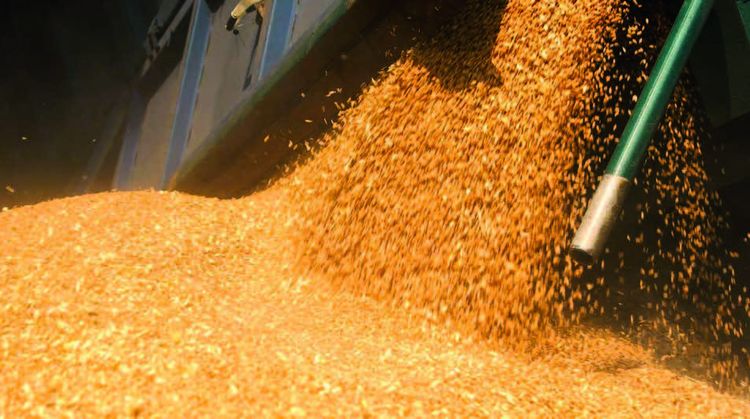Australia: Markets flat as southern front heads east

Minimal grower selling combined with consumer hopes for softer values have kept traded volume to a minimum in the domestic market this week.
In southern Queensland, fine weather has allowed consumers to catch up on deliveries, while rain in Victoria and New South Wales is slowing grain movement.
Consumers generally are seen as well covered in the closing months of the current crop year, and confident that volume will be available once harvest rolls around.
In the past week, many crops in Western and South Australia and Victoria received welcome rain, while in parts of NSW, concerns grow in some districts about waterlogging.
| Aug 4 | July 28 | |
| Barley Downs | $390 | $390 |
| SFW wheat Downs | $410 | $405 |
| Sorghum Downs | $350 | $350 |
| Barley Melbourne | $390 | $390 |
| ASW wheat Melbourne | $418 | $420 |
| SFW wheat Melbourne | $408 | $410 |
Table 1: Indicative delivered prices in Australian dollars per tonne.
At the Australian Market Outlook session at last week’s Australian Grains Industry Conference, CHS Broadbent general manager Sam Batterssaid the size of the NSW winter crop was the big variable for national production.
“We’ve had a great start to the season obviously right through that sowing period in all states,” Mr Batters told the Melbourne gathering.
“The obvious drag is going to be in NSW, where we’ve seen patches that have been too wet and we’ve had delays in planting accordingly.”
“The view is that we’ve lost some hectares, but every week we seem to get anecdotal reports that people are still planting, and ultimately the harshness or softness of the finish in NSW will determine whether we can get a bit more upside in yield there.”
Allied Pinnacle national commodity manager Brett Duczmal agreed, and said a favourable finish is needed to get the national wheat crop over the 30 million tonnes.
This is the figure currently forecast by ABARES, Broadbents and others.
“NSW is the area to watch…and we really need that favourable finish to get it up over that 30M mark is our view,” Mr Duczmal said.
Rain now falling on the inner slopes of central and southern NSW will prevent growers from spraying weeds and spreading urea for at least a week.
Some in the market feel the NSW winter crop will be at least 20 per cent less than it was last year due to the impact of waterlogging and reduced area in flat and low-lying areas.
Grain stocks in the Central West and north-west plains of NSW appear to be considerable, and will be the buffer export and domestic consumers need if the wet weather continues into spring.
“The growers have gone back into their shell,” Peter’s Commodities trader Peter Gerhardy said.
“Barley’s out there, but the reality fact is growers were holding off to sell until after the 30th for tax reasons, and now the market’s slipped away.”
Mr Gerhardy said locations a long way from port were looking at up to $100/t for road freight, which translates to an on-farm price of under what for many growers is the target $300/t.
“The consumer I think will be content to buy hand to mouth, and they know there’s plenty out there.
“In NSW, those carryover stocks will come into play if the crop isn’t as big as it was last year, and I don’t think it can be.”
Robinson Grain Toowoomba-based trader Anthony Furse said growers are reluctant to sell at prices well down on where they were in May-June.
“It feels like a full holding pattern with so many different components,” Mr Furse said.
“Everyone is watching Russia and Ukraine, and they’re also looking at the China, Taiwan and US relationship, and the weather here.”
Mr Furse said consumers are buying modest amounts of wheat and barley, with wheat now down around $100/t from its recent peak seen in early June.
“Bids and offers are a long way apart,” another Queensland trader said.
“It’s pretty hard to get rid of barley at the moment, with $390 on the bid side and $400 the offer, and not much happening in the middle.”
“Sorghum 1 and 2 is getting tight, but there’s still plenty of Sorghum X around.”
The trader said downgraded sorghum continues to trade in minimal volume, with mostly poultry customers using it at very low inclusion rates.
Read also
Wheat in Southern Brazil Impacted by Dry Weather and Frosts
Oilseed Industry. Leaders and Strategies in the Times of a Great Change
Black Sea & Danube Region: Oilseed and Vegoil Markets Within Ongoing Transfor...
Serbia. The drought will cause extremely high losses for farmers this year
2023/24 Safrinha Corn in Brazil 91% Harvested
Write to us
Our manager will contact you soon



